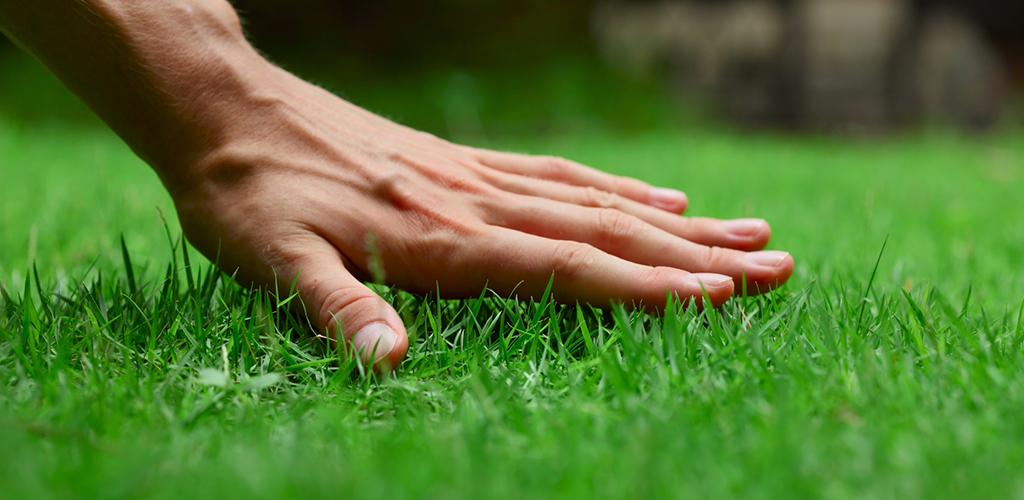Removing weeds by hand is hard work, and often your efforts are in vain. This is because many weeds are deep-rooted, and you need to eradicate the whole plant to stop it from returning.
Instead, you should consider weed control treatments, and the best time to apply these is from mid-May before weeds become rampant. Any treatment should also tackle the underlying conditions that promote weed growth.
Here we take a look at a few of the weeds you’re most likely to find making an appearance in your garden.
Common Annual Weeds
The problem with annual weeds such as Chickweed, Trefoil, and Knotgrass is that their seeds can easily be carried around the garden by the wind, birds, or underfoot.
Chickweed spreads rapidly making it difficult to keep on top off, and it can quickly take over borders. Each plant can produce 1300 seeds, and these are easily dispersed by birds, animals and muddy boots.
Lesser yellow trefoil is an annual weed that can quickly grow into a mat of interwoven thin shoots with small trifoliate leaves. It becomes a problem when grass is weak through lack of food. It scatters seed freely, so more mats can grow. If ignored, it can spread extremely efficiently throughout the summer months as it easily survives close mowing.
Knotgrass is another annual weed common throughout Britain and found by the roadside and on waste ground and in gardens. Its flowers self-pollinate and occur from May to October and are difficult to eradicate unless you prevent the plant from seeding.
Most annuals can usually be removed with a hoe. However, you need to be careful not to spread ungerminated seeds. A weedkiller treatment is a more effective and less arduous option.
Persistent Perennial Weeds
With perennials such as Woodrush, Clover, Yarrow and Dandelion you need to eliminate the main root with a weedkiller. It can be difficult to ensure you’ve removed the whole root if you try to dig them out with a trowel. Regular hoeing can weaken the plant but rarely eradicates it altogether.
A selective herbicide sprayed onto foliage will be absorbed into the sap stream and kill all parts of the plant. This is an efficient method if applied at the right time in the right conditions.
Woodrush is a common problem in lawns when there are acid conditions or when thatch has built up. When grass is weakened by a layer of thatch, Woodrush will easily establish itself.
White clover is a common sight on lawns, and this perennial will thrive on pretty much any soil type and its roots grow fast along creeping stems. Yarrow is another invasive perennial plant that can grow in any soil, even dry, infertile conditions and is drought resistant. If your grass becomes weakened during periods of dry weather, Yarrow can quickly establish itself in your lawn.
The common Dandelion with its big yellow flowers and furry seed heads is often found poking through lawns and in cracks in paving. This persistent perennial has a deep root that can regrow, and its seeds are carried easily by the wind.
Determination is needed to deal with all these perennials as repeated treatments may be necessary to eradicate well established underground root systems.
Would you like to find out more about Weed Control Treatment?
Green Mile Lawn Care offers a Weed Control Service that doesn’t just treat weed growth – it tackles the conditions promoting that growth. As experts in our field, we can devise a weed control plan that goes on working where other treatments fail, saving you time and money.
All the herbicides and lawn treatment products we use are safe for wildlife, pets and children. They’re applied correctly by an NPTC qualified sprayer, experienced and fully qualified to use spray pesticides.
To find out more, contact Green Mile Lawn Care on 01252 313305 or contact us via our website for your free survey.



